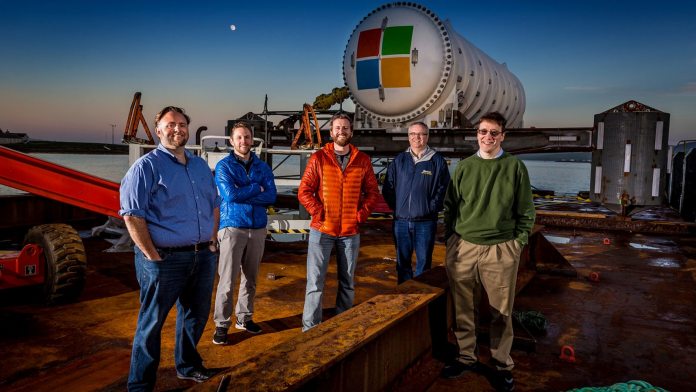In a post today, the company says the datacenter has been place off the coast of Scotland’s Orkney Islands. Microsoft’s efforts to develop underwater datacenters was launched in 2014. Last year, Project Natick was selected among the 190 finalists for the first World Changing Ideas Awards. “When you go for a moonshot, you might not ever get to the moon,” noted Microsoft AI and research corporate VP Peter Lee. “It is great if you do but, regardless, you learn a lot, and there are unexpected spinoffs along the way. You get Velcro at some point. That is happening in this case. We are learning about disk failures, about rack design, about the mechanical engineering of cooling systems, and those things will feed back into our normal datacenters.” Microsoft has already tested a proof-of-concept capsule off the California coast, sitting in 30 feet of water. However, the company wanted to explore a full-scale and operable prototype. The Scottish location was chosen because of its strong connections to renewable energy.
The project will leverage the European Marine Energy Centre, a project set up to monitor renewable energy from tidal power. Microsoft’s capsule is 40 feet long. The company says it holds 864 servers and is placed in 117 feet of the Atlantic Ocean.
Monitoring
Project Natick will monitor the performance of the capsule over a year-long window. Power consumption will be an important aspect of whether the datacenter is efficient. “Everything learned from the deployment – and operations over the next year and eventual recovery – will allow the researchers to measure their expectations against the reality of operating underwater datacenters in the real world.”




